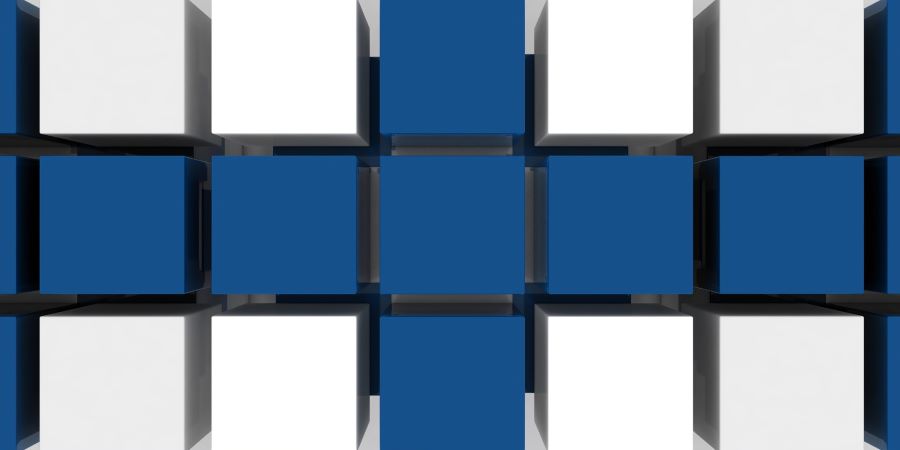
How to Get Started with 3D
Often one may get confused while getting admission for the 3d course, as the world of 3D is huge. At large scale, industries, software tools are involved in learning 3D and that can be daunting. Before you take admission for the best 3D course, you need to know exactly what it is, you want to learn and how to do. In this article, you’ll get information on some of the most popular fields related to 3D and the steps within the pipeline.
Entrance into 3D mainly depends on what do you want to do.
For example, I want to make movies or TV shows. I want to make games. I want to create visual effects. I want to create product designs. I want to create my own art.
Here though fields are different, but pipeline contains many common steps.
To make movies or TV shows:
The process of making an animated movie can take years. Working in the television or film industry as a 3D artist can mean working on movies like Toy Story, live-action movies with CG integrated in like The Avengers. when a company like Pixar makes an animated movie, they first need to come up with the story, create the concepts for the characters and the environments that the characters will be interacting with. Once that has been completed then the process of actually creating the 3D world begins. This is where the 3D artist shines as they get to model, texture, animate and render all of the virtual worlds and characters.
Finding where you fit into the pipeline would be the next step.
Modeling is the process of taking the 2D concepts and building them in 3D. Once a model is created, they need to have things like color and materials applied to them. This is the process of Texturing. Before a motion can be added to a model, it needs to have a skeleton built during the Rigging step. Once rigged, a model can be brought to life through Animation. After the model has been animated, it needs to be Rendered to turn it into a series of still images that will eventually turn into the final movie. And finally, while compositing it is not really considered as a step of the 3D pipeline, it is important enough for making movies and TV shows that we wanted to include it because, in some instances, it can include some 3D work. Compositing is the process of taking the rendered images and adding polish, whether that is integrating them into live footage (VFX) or adding the final touches of an all-3D animation.
To make games:
The amount of video game studios has sky-rocketed recently. It’s an exciting field to be in, and if you love to play video games, chances are you’ve wondered how your favorite games are made. Unlike a movie that is played from start to finish, a game is much more interactive. Like a movie, creating game art requires every step of the 3D pipeline from modelers to rendering artists.
Finding where you fit into the game art pipeline would be the next step. Just like movies, every game asset needs to be modeled, textured, rigged and animated.
To create visual effects:
Working in visual effects often means you will be working in the movie industry as well. Visual effects (VFX) involve the integration of computer-generated imagery into live-action footage. Eg. All the scenery and blood splatter effects in the movie 300 are a great example of VFX artists at work. Typically VFX artists will be called on to add in the extra things that would either be impossible to capture on film or much more expensive.
For example, adding in a 3D model of a car exploding in a live-action scene is much safer and a whole lot cheaper.
To create product designs:
Product design is the process of using a computerized representation of a product (e.g., like a mouse) to help visualize a product. Usually, this is done after a product has been conceptualized in 2D but before the product has actually been created in real life. In most cases, product designers create the product on their own from start to finish. This means that your next step would be to have a strong understanding of modeling, texturing, and rendering so that you would be able to take a product concept and visualize it as a beautiful render.
It is certainly beneficial to learn multiple steps of the pipeline.
So overall all above-mentioned fields required 3d pipeline modules –
Modeling, Texturing, Rigging, Animation, and Rendering. And software tools are Maya, 3dsMax, CINEMA 4D, and Softimage can used.
Once you have figured out the path you want to pursue, it’s up to you to become great at whichever path you choose to take. Great artists aren’t born overnight. It can take years to truly master one of these subjects. Don’t get discouraged if what you are making does not look like what Dreamworks is producing. Remember that their movies take hundreds of experienced artists years to create.
Practice, practice, practice and with this, you will become better at it.

